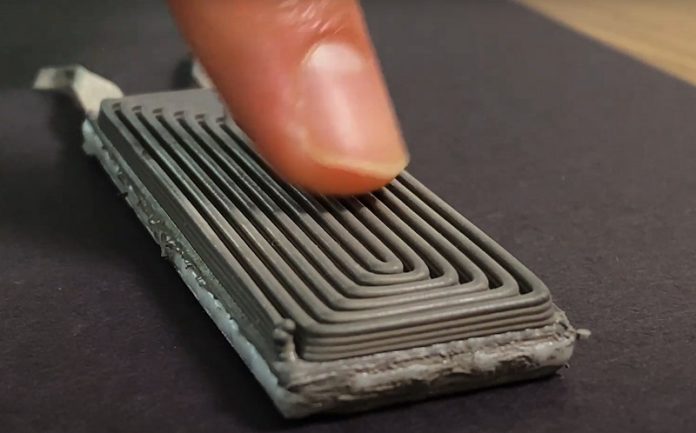
Imagine a future where fitness trackers and other wearable devices never run out of power, all thanks to your body heat.
Researchers at the University of Washington (UW) have developed a stretchable, flexible device that can convert body heat into electricity.
This means small electronics, like sensors or LEDs, could be powered by nothing more than your own warmth.
This new technology is not only flexible but also very durable. It can still work even after being stretched 2,000 times or pierced multiple times.
The research team, led by Mohammad Malakooti, UW assistant professor of mechanical engineering, shared their breakthrough in a paper published on August 30 in Advanced Materials.
“I’ve been thinking about this idea for a long time,” Malakooti said. “When you put this device on your skin, it uses your body heat to instantly power an LED. The moment you wear it, the light turns on. This wasn’t possible before.”
Devices that turn heat into electricity usually have a big problem—they are stiff and fragile. But Malakooti and his team have designed one that is soft and flexible, so it easily fits to the shape of your arm or any other part of the body.
The researchers started from scratch, first testing out different combinations of materials and structures through simulations. Then, they created almost all the components in their lab.
The device has three main layers. The core layer contains solid thermoelectric semiconductors, which do the actual job of turning heat into electricity. Surrounding these semiconductors are 3D-printed materials that help transfer heat efficiently while keeping the device lightweight.
To ensure the device is stretchable and self-healing, the semiconductors are linked by liquid metal. This liquid metal also helps with heat transfer and keeps the device flexible, as it stays liquid at room temperature.
Besides wearables, Malakooti believes this technology could be useful in other areas. One idea is to use it in data centers, where servers and computers generate a lot of heat. By sticking these devices onto the hot electronics, the excess heat could be captured and turned into power for small sensors.
This would not only save energy but also reduce the need for additional power to keep the equipment cool.
The device also works in reverse, meaning that when electricity is applied, it can either heat or cool a surface. In the future, this could be used in virtual reality (VR) systems or other wearable accessories to create sensations of warmth or coolness on the skin, making the experience more immersive.
While there’s still more work to be done, this technology could revolutionize wearables by making them more energy-efficient, durable, and sustainable.



